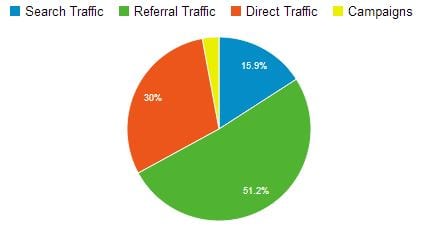by Kirk Wakefield – August 2013 Brands highly prioritize social media engagement when partnering with sports properties. But who are these social media fans? Who are we reaching with the team’s social media? Earlier this year we sampled registered users from a professional franchise (N = 469). The chart below displays the results of a…Continue Reading How would you describe your social media fans to sponsors?
How would you describe your social media fans to sponsors?









